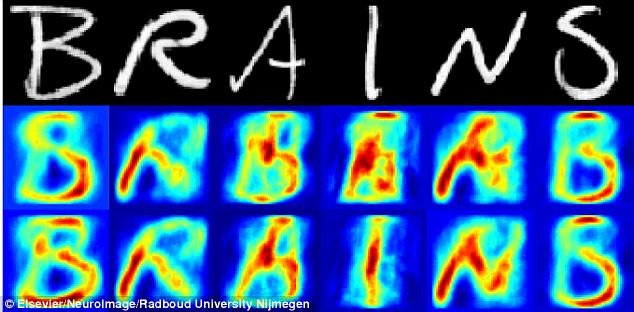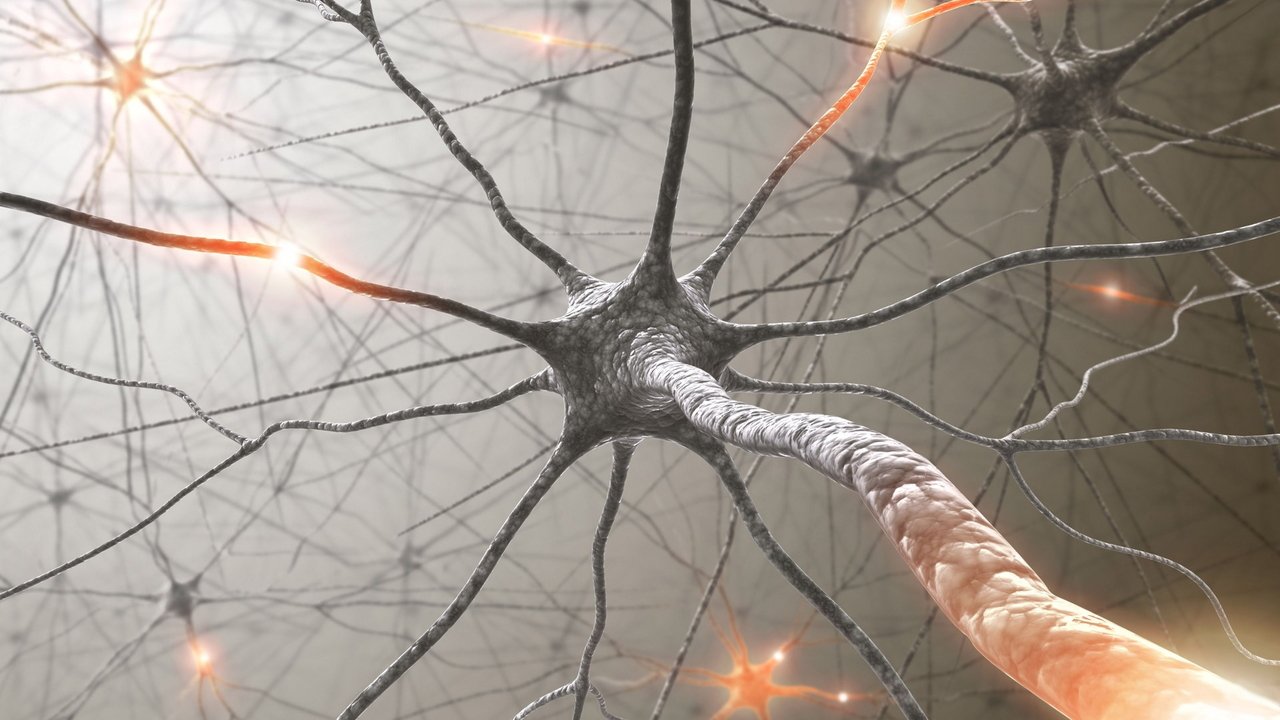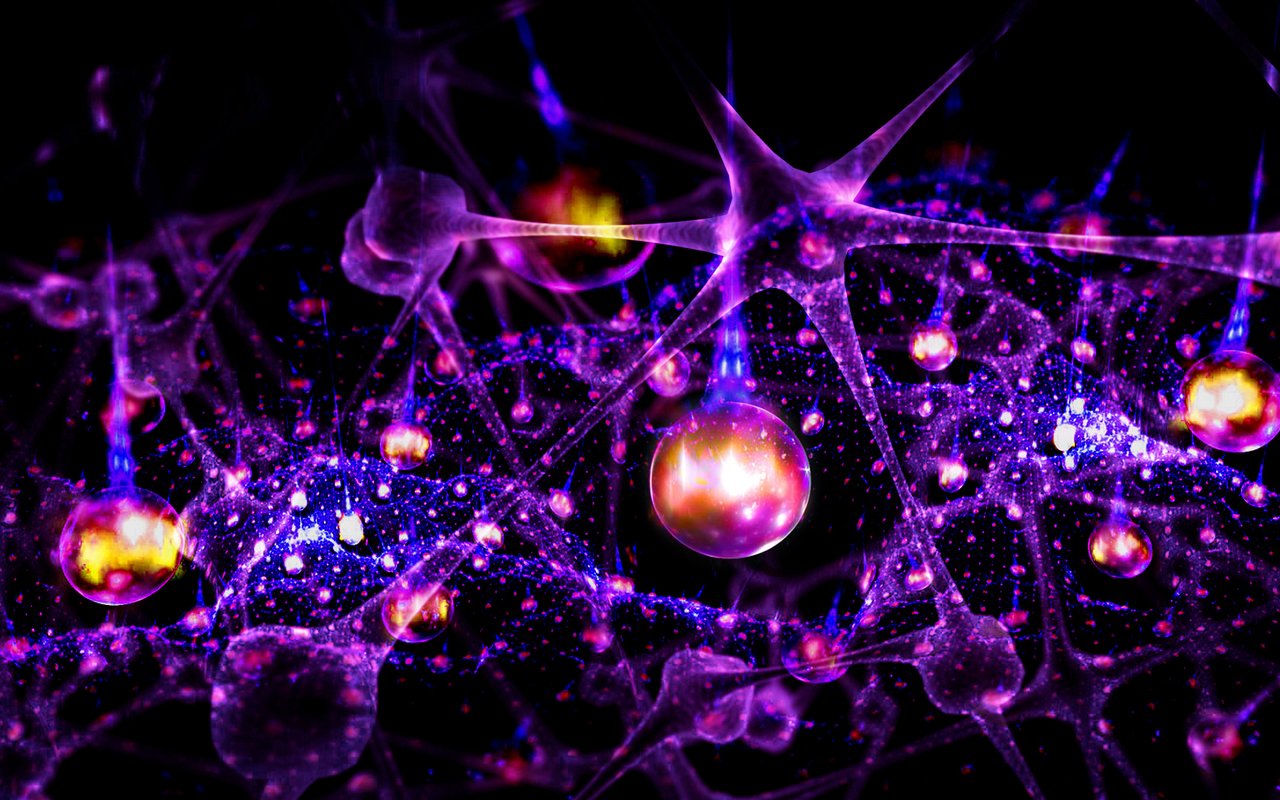The Brain is an incredibly complex organ and is composed of 100 trillion connections. Although its networking is enormously complicated, it works like a huge circuit; so theoretically, we could transfer our consciousness onto a machine, if, we had a computer powerful enough to produce these 100 trillion connections. Let's discuss.

Downloading the Brain
Your brain is just a lump of fatty tissue which contains roughly 86 billion brain cells called neurons. Between each neuron are little gaps where chemicals called neurotransmitters diffuse across to pass on an electrical signal to the next neuron.
How are memories stored?
A memory is stored as a chain of these neurons and every time this memory is recalled, the neurons in this chain fire electrical signals. Each memory has a specific chain in the brain – in fact, scientists have been able to stimulate certain parts of the brain with electricity to induce memory recollection in individuals. They have also been able to download individual memories and picture them on a computer to match the image that is being thought of… to a limited degree.
What would we have to do to download the Brain?
There are a few problems that we would encounter, which would need to be solved, to successfully map an entire brain and transfer it elsewhere; to live forever.
1) Reading from the source Brain
Although we know roughly how memories are stored, we would need to learn how to read them. Neurons don’t store their information as bits like a computer does; in fact, each neuron can make thousands of connections with other neurons. Nowadays, computers work by either letting in (1) or not letting in (0) signals; they are either on or off - but neurons are not just only on or off, they have other states as well.
So far, scientists have scanned people’s brains and been able to determine what those brains were looking at. Using fMRI scans, the blood could be followed through the brain and 3D representations of the scanned areas are created. These 3D representations are called voxels. The computer, which is specially programmed, pieces together these representations to form images of what the brain was looking at, for example, a person walking through the park. These images formed are not as accurate as desired.

Figure 1: Image showing these voxels in action. The top row is the picture the person was looking at and the bottom rows are what the computer has put together from the Brain
Technology has progressed that much, that people had their brains scanned whilst playing counter-strike (which is a computer game). This technology could identify what the brain wanted to do in the game for example, turn left or right, but as soon the character was killed… this technology breaks down due to an emotional reaction, which the main issue with this problem.
Emotions are way too complex to read
2) Writing to a new Brain
Optogenetics is a technique being developed which effectively uploads data to a brain. This involves the injection of neurons with DNA from algae, triggering these neurons when light is shone on them. This has been done in mice, and when lasers are shone on them, they respond in a certain way.
This method has helped understand how memories are written, deleted and reactivated. Not only that, but have also allowed scientists to implant false memories into another mouse, under certain conditions. Crazy stuff, right? But solving this doesn’t solve all our problems.

3) Copying over Brain information
Assuming we can read and write to different Brains, we would still need a way to copy all this data from A to B. The problem with this is that the Brain isn’t finite, like a computer hard drive. It is estimated that the Brain could contain 2.5 petabytes of information which is a whopping 2.6 million gigabytes.
To put this into perspective; copying over 2.5 petabytes using a USB 3.0 would take 80 days of continuous copying. Using the new Thunderbolt 3 technology, it would take about a week - but this still isn’t the biggest issue.
4) Accurately mapping the Brain
A connectome is a map of all the neurons in the brain and the connections between them. The problem with thought is that it doesn’t always act on a single neuron in the same place. Thoughts trigger various parts of the brain all the time, so producing an accurate connectome is going to be tough. Mapping the Brain is being studied and has been since the last few decades showing you just how hard it is.

Having said that, Science isn’t too far off – it is also not close enough. We can map the Brain to a certain extent, but, not enough to be able to transfer a Brain into another body – like in the film “Selfless”.
The number of synapses in the brain is 1000 times bigger than stars in our Milky Way galaxy. With each thought triggering different parts of the Brain, at various times. Day after day, we are creating new connections, slowly altering the composition of our Brain and since the Brain is this dynamic, doing this is ambitious and will be tough.
Well known scientist; Stephen Hawking, has admitted he believes it can be done, which might give you hope. If you think how far innovation in technology has come in such a short space of time, who knows what can happen in the next 50 years or so. After all, the first computer was made just 70 years ago!
If you have any questions leave them below, and until next time, take care. MystifactRelevant articles:
Why do we Dream?
Freezing Humans: Can we freeze time?
Are we alone in the Universe?
Previous articles:
What happens to you in Space without a Spacesuit?
The Science of Tanning: What does the Sun do to your Skin?
Wonders of Quantum Physics: "What is Matter" - Episode 2
Follow me on Facebook and Instagram, and be sure to subscribe to my website!
